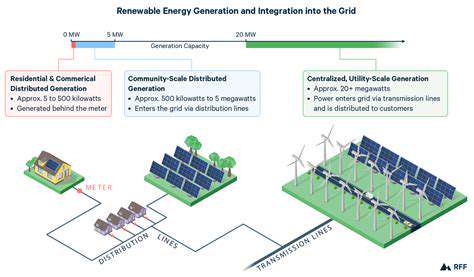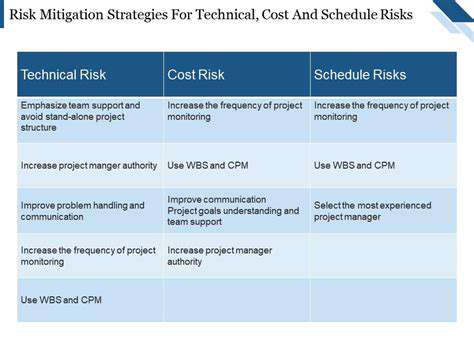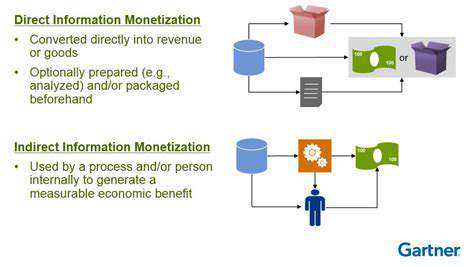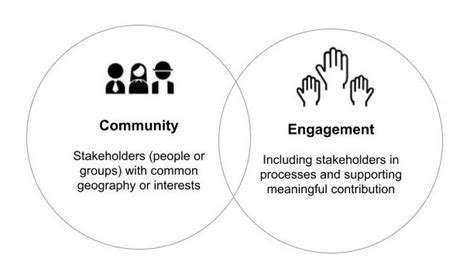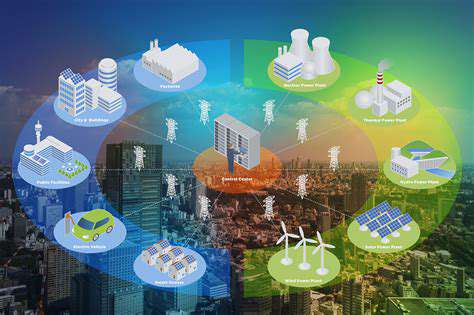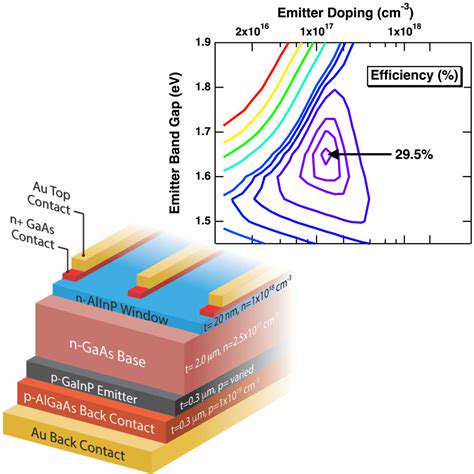Flow Batteries: A Scalable Solution for Grid Storage
Flow Batteries and Renewable Energy Integration
Flow Batteries: A Deep Dive
These electrochemical storage systems represent a paradigm shift in renewable energy integration. Their liquid-based energy storage mechanism fundamentally differs from solid-state batteries, enabling unmatched scalability. The separation of energy and power components allows optimization of each aspect independently - a critical advantage when pairing with intermittent wind and solar generation. Recent field deployments demonstrate 80-90% round-trip efficiency with response times under 100 milliseconds, making them viable for both energy arbitrage and grid services.
System modularity enables customized configurations matching specific application requirements. Utilities can mix-and-match power stacks and storage tanks like building blocks, creating tailored solutions for frequency regulation, renewable smoothing, or capacity firming. This architectural flexibility, combined with 20+ year lifespans, positions flow batteries as long-term infrastructure investments rather than consumable assets.
Scalability for Large-Scale Energy Storage
The scaling potential of these systems is truly transformative. While lithium-ion installations face cell balancing and thermal management constraints beyond certain sizes, flow battery capacity grows linearly with electrolyte volume. A single installation can range from 4-hour to 100-hour duration simply by adding tank capacity - no fundamental redesign required. This linear scaling applies equally to containerized systems and massive tank farms, enabling cost-effective deployment across diverse scenarios.
Manufacturing scalability similarly benefits from the separated architecture. Power stacks and tanks can be produced independently in specialized facilities, then assembled on-site like industrial Lego. This production model enables rapid capacity expansion without the gigafactory-scale investments required for conventional battery manufacturing.
Renewable Energy Integration: A Critical Role
Modern grids face unprecedented volatility from renewable penetration. Flow batteries provide the perfect antidote - multi-hour storage capacity to bridge generation gaps combined with rapid response for grid stabilization. California's renewable-heavy grid already utilizes flow battery systems to mitigate duck curve challenges, storing midday solar surplus for evening peak demand. The technology's deep cycling capability (100% depth of discharge daily) makes it ideal for solar and wind integration scenarios requiring regular full-capacity utilization.
Advanced control systems now enable these batteries to provide multiple stacked services simultaneously - frequency regulation while energy shifting, or voltage support during charge/discharge cycles. This multifunctionality improves project economics by creating multiple revenue streams from single assets.
Cost-Effectiveness and Long-Term Viability
Total cost of ownership analyses reveal compelling economics over 20-year horizons. While lithium-ion may have lower upfront costs, flow batteries' longevity and minimal degradation lead to superior lifetime value. Electrolyte represents a reusable fuel rather than a consumable component - unlike lithium-ion cells that require complete replacement. Emerging electrolyte leasing models further reduce capital barriers by separating storage medium costs from system costs.
Recent breakthroughs in membrane technology and electrode design have pushed system efficiencies above 80% while extending maintenance intervals. Automated electrolyte management systems now reduce operational labor requirements, making these systems increasingly attractive for remote installations.
Technological Advancements and Research
Cutting-edge research focuses on three key areas: novel electrolyte chemistries (including organic and hybrid formulations), advanced electrode architectures (3D-printed flow fields, nanostructured surfaces), and intelligent system controls (AI-optimized operation). Pilot projects are testing iron-based electrolytes that could reduce costs by 60% compared to vanadium systems while maintaining performance. Parallel work on bipolar plate designs aims to reduce internal resistance, boosting power density.
Materials science innovations are particularly promising. Self-healing membranes, catalytic electrode coatings, and advanced electrolyte additives are all showing potential to dramatically improve system lifetimes and efficiency. Several research groups have demonstrated prototype systems exceeding 30,000 cycles with minimal degradation.
Environmental Impact and Sustainability
Lifecycle analyses consistently show superior environmental profiles compared to lithium-ion alternatives. The aqueous electrolytes pose minimal toxicity risk, and system components are >95% recyclable. Vanadium electrolytes maintain their value indefinitely through simple rebalancing rather than requiring replacement. Unlike lithium mining, vanadium is predominantly sourced as a steel production byproduct, reducing primary extraction impacts.
New sustainability initiatives are developing closed-loop electrolyte recycling systems and bio-based membrane materials. Several manufacturers now offer take-back programs ensuring responsible end-of-life processing, with some achieving zero-waste production through innovative material recovery processes.
Safety and Reliability in Operation
The inherent safety of flow batteries stems from their chemistry and architecture. Aqueous electrolytes are non-flammable, and the separation of reactants prevents thermal runaway scenarios. Field data from thousands of operating systems show negligible safety incidents even under fault conditions. Redundant pump systems and fail-safe valves ensure reliable operation even during maintenance events.
Real-world reliability metrics are impressive, with several utility-scale installations achieving >99% availability over multi-year operation. The technology's tolerance for deep cycling and partial state-of-charge operation eliminates many failure modes common in other battery chemistries. Advanced diagnostic systems now provide real-time electrolyte health monitoring, enabling predictive maintenance before issues arise.
